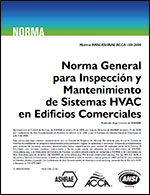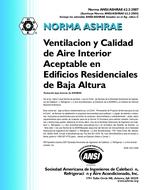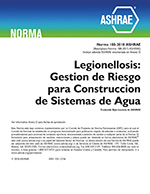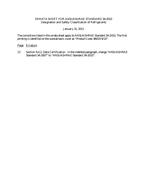Description
This is the third in a series of technical paperswritten todescribe results of ASHRAE Research Project 1544. Becauseof ASHRAE’s limitations on the number of figures and tablesand overall paper length, it is not possible to presentresultsfrom the research project in a single paper. It isanticipated thatbetween 6 and 10 technical papers will ultimately be writtendescribing findings from the research. The first three ofthesepapers have been submitted for simultaneous publication.Hot-water use in hotels and its associated energy use issignificant. However, information on hotel hot-water usepatterns has been limited until now, resulting in most hotelhot watersystems being designed using extremely old (45 to 80years old) hot-water use data that predate the introduction ofwater- and energy-efficient fixtures and appliances. Inrecognitionof this fact, ASHRAE funded Research Project 1544“Establishing Benchmark Levels and Patterns of CommercialHot-Water Use–Hotels” to both develop a monitoring methodologythat could be duplicated by others to collect hot-wateruse data from a larger number of hotels and to obtain updatedhot-water use information from at least two hotels.This third paper describes data collected from a “business”style hotel having multiple meeting rooms and severalrestaurants and, thus, a commercial kitchen. Additionaltechnicalpapers released simultaneously with this paper describe thedata collection approach and data collected from the otherhoteltested. These papers describe the observed hot-water use timediversity and a method of normalizing the results in detail sothey can be applied to hotels of different sizes. It isimportant topoint out that hotel hot-water use does not simply scale withnumber of guests or number of occupied guest rooms, andthereforethat it is not appropriate to normalize hotel hot-water usewith respect to either. Rather, some portion of hotelhot-wateruse (i.e., bathing) scales well with respect to number ofguests,while other portions of hotel hot-water use are not related tohotel occupancy. Examples are commercial kitchen hot-wateruse, non-guest-room area cleaning and maintenance, occasionalwashing of bedspreads, and unusual hot-water uses suchas pool and spa filling. The project final report comparesresultsfrom the two hotels and shows how the results can be used inhotel hot-water system design. The collected information andnew normalization procedure have led to the development of anewhotel hot-water system sizing procedure. This designprocedure,complete with design examples, is described in the projectfinal report (Hiller and Johnson 2015).
Citation: 2016 Winter Conference, Orlando, FL, Transactions 2016, Vol 122 pt. 1
Product Details
- Published:
- 2016
- Number of Pages:
- 13
- Units of Measure:
- Dual
- File Size:
- 1 file , 3.7 MB
- Product Code(s):
- D-OR-16-032




